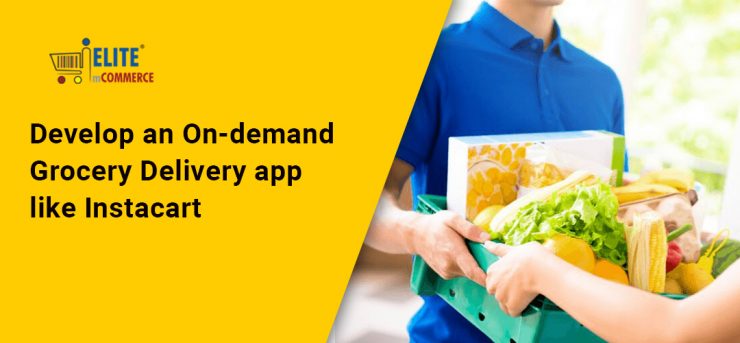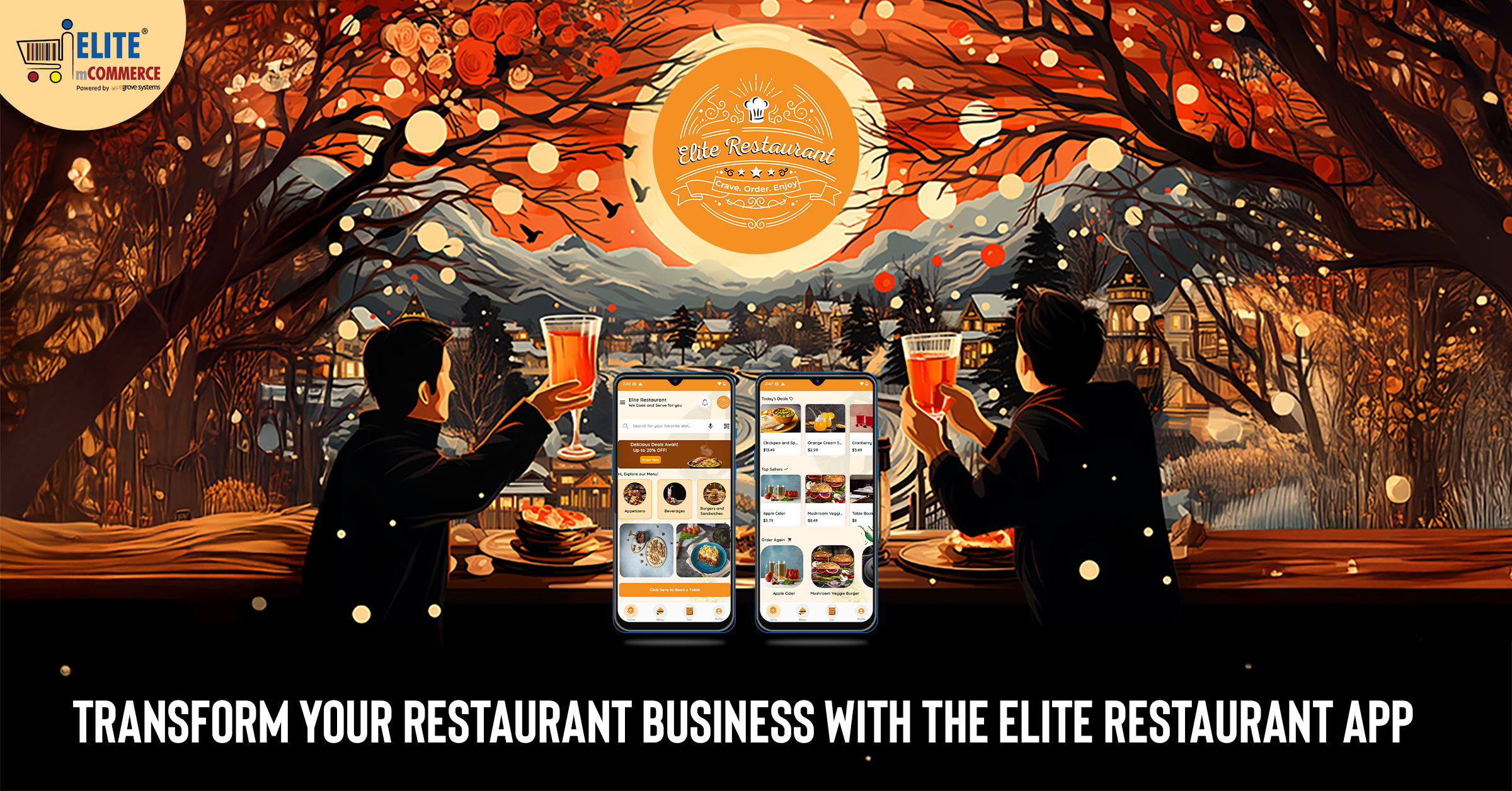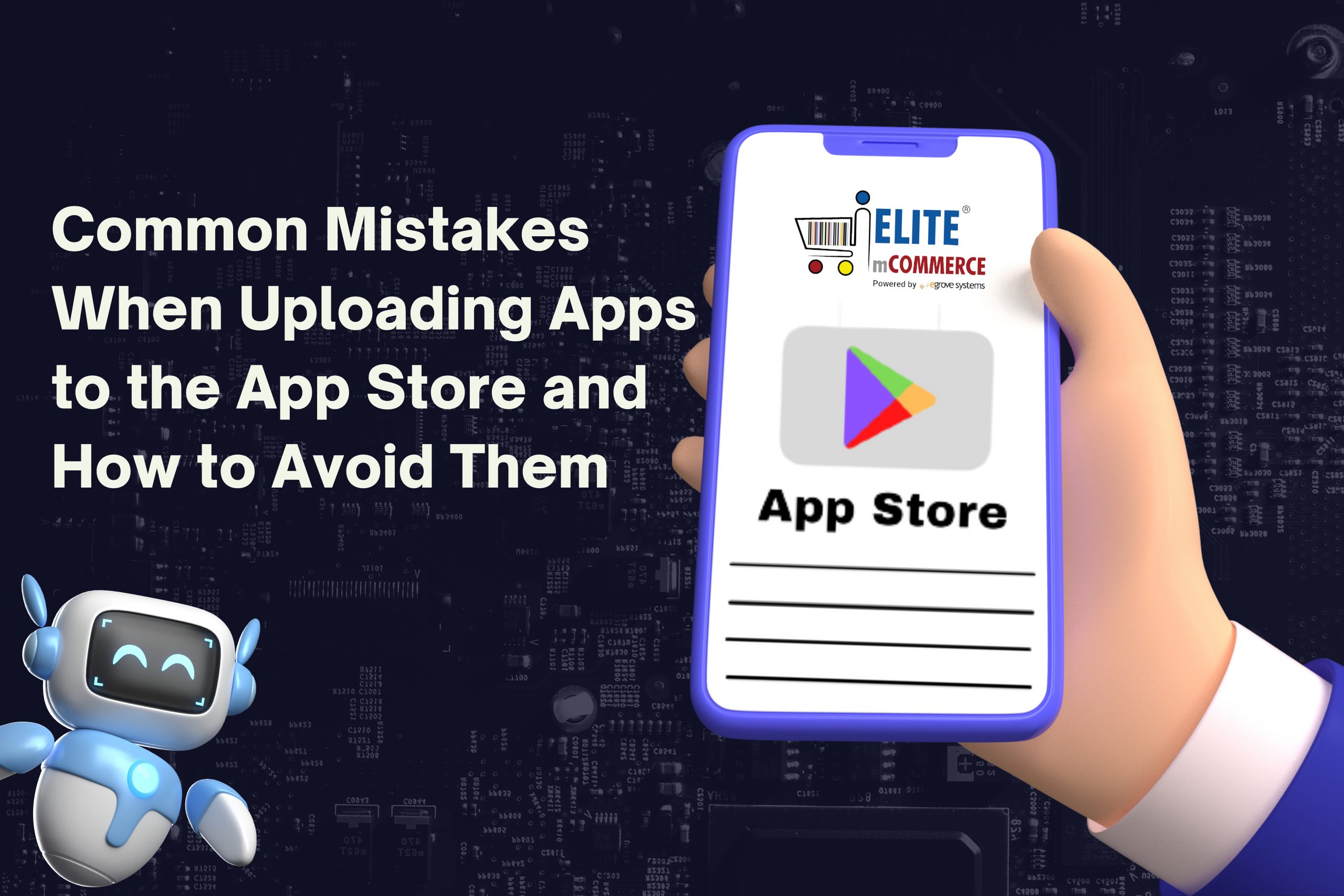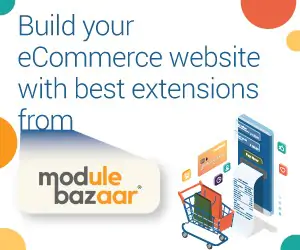Grocery delivery is a growing industry and many grocery stores are still looking for ways to work it into their business, whether through relationships with third-party apps or by offering their own delivery service. In the wake of the pandemic crisis, people are looking for ways to avoid going to stores, meaning that many people are ordering from an app for the first time. While grocery sales have been more resistant to the rise of eCommerce than many retail industries, new technologies are making food ordering and delivery more efficient and accessible, making now the time to understand how to operate an app for grocery delivery.
The State of Grocery Delivery
Customers spent $6.6 billion on grocery delivery in May 2020, and it continues to grow even as stay-at-home restrictions are lifted. Over half of Americans have now made use of grocery ordering, and it seems to be here to stay. Instacart holds 57% of the market, while Walmart’s home delivery trails behind. Grocery delivery is increasingly being integrated into the store, enabling delivery services to pick up orders and check out quickly so they can get to delivering as quickly and easily as possible.
Standard and On-Demand Delivery
Customer behavior for grocery shopping is distinct from many other retail businesses. Generally, grocery shoppers go out with a shopping list in mind and restock what they’ve used since they last went out. Grocery ordering should therefore be able to provide customers with goods they use regularly while also delivering items they need right now for their next meal. Instacart, the leading third-party grocery delivery company, offers same-day delivery for its users. In order to compete, a grocery delivery app should be able to offer on-demand delivery as well as scheduled standard delivery. In addition, they should accommodate new trends like curbside drop-off delivery.
Grocery delivery can be made more efficient and cost-effective through organization of orders by location, helping delivery drivers view them as points on a map and suggesting a best route to fulfill all of them. Being able to arrange delivery points in advance allows drivers to plan and meet their quota and fulfill deliveries to customers as soon as possible. This capability is vital due to the need for stores to maximize the output of their delivery force in order to control costs. Combining this with on-demand delivery, the app can factor the time slots set by customers into the efficient routing of the grocery delivery service.
Read Also: Step up to improve Customer Curbside Pick-up Experience
Instant-Updating, Easy Browsing
When developing and setting up an app for a grocery store, the capability of the online storefront should be emphasized. Customers will be selecting their orders from a large list of inventory, so making them easy to browse and searchable helps users fill out a shopping list. The ability to customize themes and rearrange the item listings can improve user experience, as is being able to add new products by uploading a description, price, and picture to give the customer a clear idea of what they are buying.
Grocery stores have been facing supply issues recently, making it harder for customers to anticipate what will be in stock. Instant synchronization between the admin interface and the online store can make new products appear to customers as soon as they are available for sale. The ability to show your customers what products are available quickly and easily can give them a reason to keep coming back to the app to browse and order.
Creating a feature-rich app with a mobile app builder is simple and can elevate your business by launching a new sales channel that is needed more than ever. A grocery delivery app can compete with third-party platforms by providing superior service, ease of use, and delivery capabilities.









Add comment